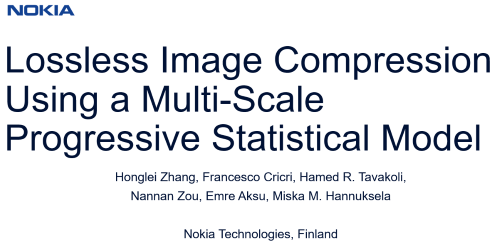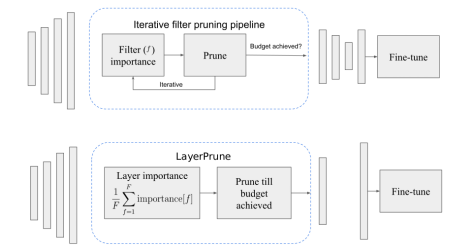Abstract:
In the last few years, deep neural networks' compression has become an important strand of machine learning and computer vision research. Deep models require sizeable computational complexity and storage when used, for instance, for Human Action Recognition (HAR) from videos, making them unsuitable to be deployed on edge devices. In this paper, we address this issue and propose a method to effectively compress Recurrent Neural Networks (RNNs) such as Gated Recurrent Units (GRUs) and Long-Short-Term-Memory Units (LSTMs) that are used for HAR. We use a Variational Information Bottleneck (VIB) theory-based pruning approach to limit the information flow through the sequential cells of RNNs to a small subset. Further, we combine our pruning method with a specific group-lasso regularization technique that significantly improves compression. The proposed techniques reduce model parameters and memory footprint from latent representations, with little or no reduction in the validation accuracy while increasing the inference speed several-fold. We perform experiments on the three widely used Action Recognition datasets, viz. UCF11, HMDB51, and UCF101, to validate our approach. We show that our method achieves over 70 times greater compression than the nearest competitor with comparable accuracy for action recognition on UCF11.









































